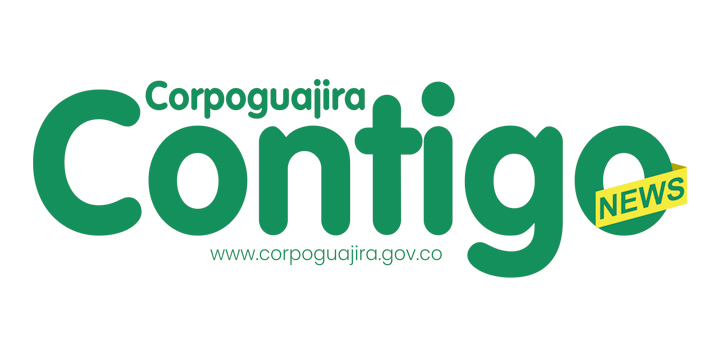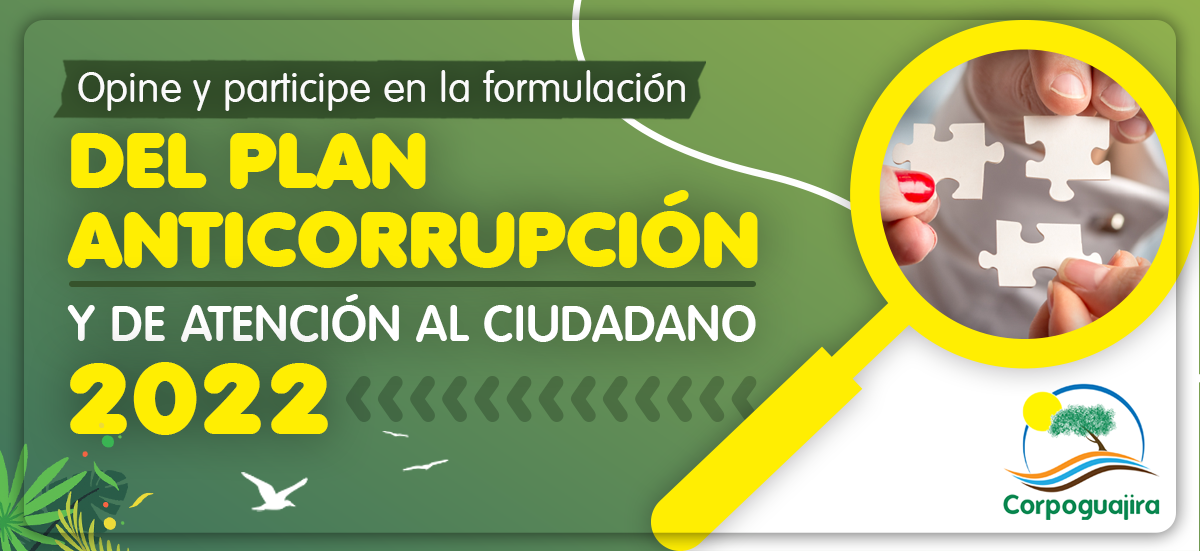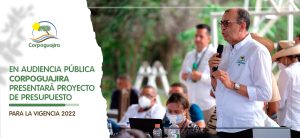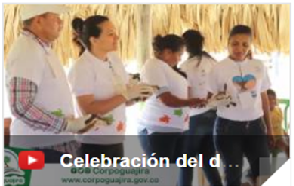Corpoguajira and the Municipality of Riohacha, articulately work in active and passive restoration of the river basin Tapias, main supplier of the aqueduct of the capital of the department of La Guajira.
The work includes a complete reforestation plan, maintenance of protective plantations established, cleaning and channeling of rivers affected and isolation of those areas that can be developed natural regeneration processes and plant successions.
The project also aims to establish true forest conservation areas and environmental, strengthen the comprehensive development, the preservation and sustainable use of natural resources.
Through this initiative impacts that have caused the deterioration of the river will be mitigated, generated by frequent logging, burning, removing forests, among other factors that significantly influence the loss and decreased quality and quantity of water resources of the basin.
Meanwhile, the community's area of influence, participate in awareness workshops aimed at strengthening conservation actions river Tapias.
Passive restoration seeks the formation of a woody cover, encourage and accelerate natural succession by controlling the fire, grazing and hunting; while the active, It aims to floristic diversity, by planting new species whose individuals have obtained from seed collection.
































Leave a reply
I am sorry, you should be connected to post a comment.